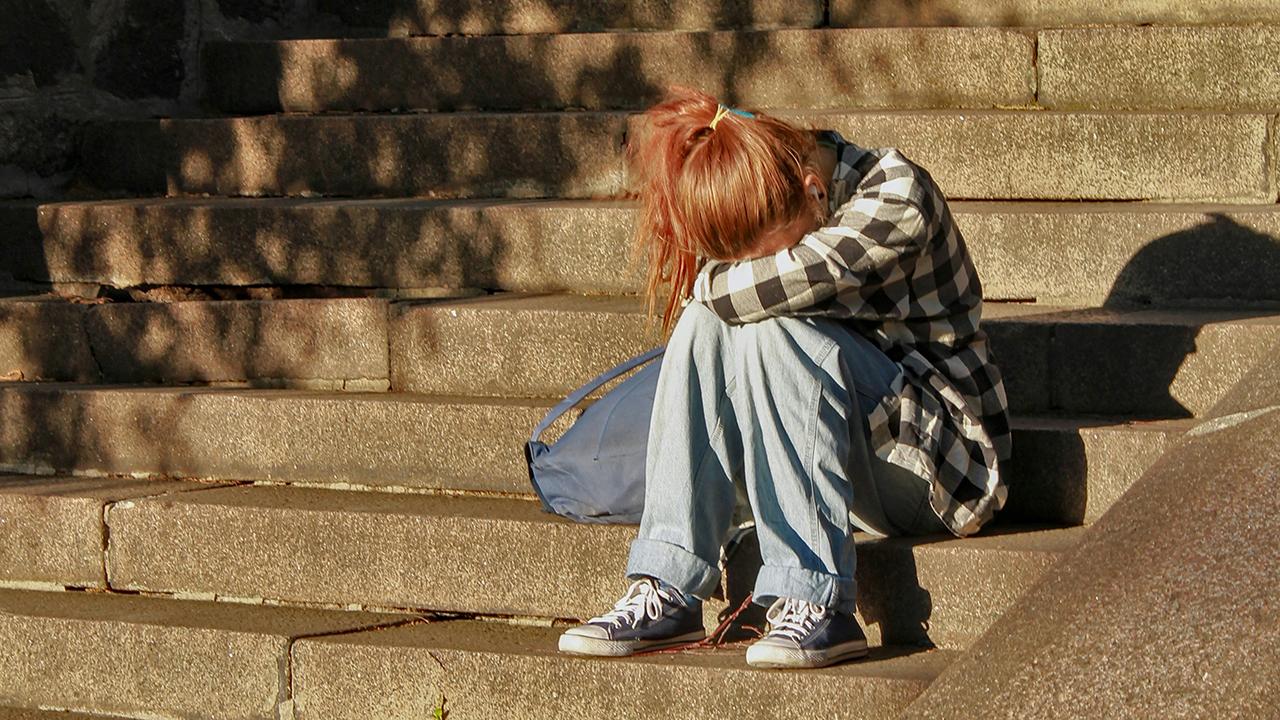
New Research Identifies Brain Processes Behind Why Some Adolescent Girls Internalize Rejection More Than Others
Everyone ruminates about the bad things that happen to them. Whether it’s a nasty breakup, an embarrassing failure or simply when someone is mean, it can be hard to stop thinking about what happened and why. For people who ruminate too much, this negative thought pattern can cause lasting problems with mental health.
A research team led from the UC Davis Center for Mind and Brain found that adolescent girls who have a stronger tendency to ruminate show different patterns of brain activity when faced with social rejection. The study was published in the journal Developmental Cognitive Neuroscience.
“Everyone experiences rejection, but not everyone experiences it in the same way,” said Amanda Guyer, associate director of the Center for Mind and Brain and professor of human ecology at UC Davis. “By identifying what brain processes cause differences in the tendency to ruminate, we can provide people better ways to avoid long-term harm.”
Experiencing rejection during a brain scan
The immediate experience of social rejection leaves distinct fingerprints on the brain that can be measured by functional magnetic resonance imaging (fMRI). This type of scanning can spot minute changes in blood flow and electrical activity in different parts of the brain. The wide range of what we feel and think are all visible on an fMRI scan in real time.
In this study, 116 girls from 16 to 19 years old took part in two tasks to measure how their brains responded to social rejection. During the first visit, the participants were shown photos of 60 teens their age and asked to select 30 they would want to chat with.
For the second visit, the participants were placed in the fMRI scanner and told which of the teens in the photos wanted to chat with them — and which teens didn’t. While in the fMRI scanner, the girls were also asked how these responses — and how being rejected by someone they chose during the first visit — made them feel.
How negative emotions can encode a self-image
The fMRI showed that rejection increased activity in the parts of the brain that are known to play a role in how we define who we are. This includes the medial prefrontal cortex (mPFC), posterior cingulate cortex (PCC) and the precuneus.
These parts of the brain are all active with increased blood flow and electrical activity when we think about ourselves or our emotional states and when we retrieve our memories.
Being told a peer didn’t want to chat with them was a form of social rejection, and this rejection showed up in the brain scans to varying degrees for every girl. However, girls who self-reported a tendency to ruminate had the highest activity in their brains’ precuneus.
“Our results suggest that girls who tend to ruminate are experiencing more than just momentary sadness after rejection,” said Guyer. “They are deeply internalizing this negative feedback into their self-concept.”
Changing the story to stop rumination
These findings show that unique processes in the brain are at play after rejection for girls with a high tendency to ruminate. This knowledge makes it possible to target interventions that can treat rumination so it doesn’t cause bigger problems later on.
One intervention the research team suggests is an approach grounded in cognitive behavioral therapy (CBT). CBT involves talking to a trained therapist who can help change negative or harmful thought patterns that cause distress.
“Our study suggests that it can make a difference to reframe their negative experiences in a way that makes them feel better afterward instead of worse,” said Guyer.
